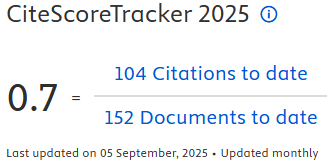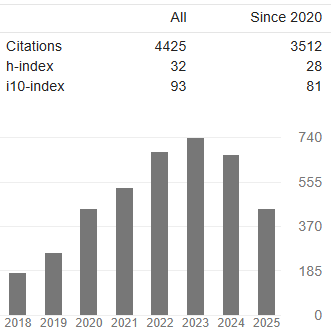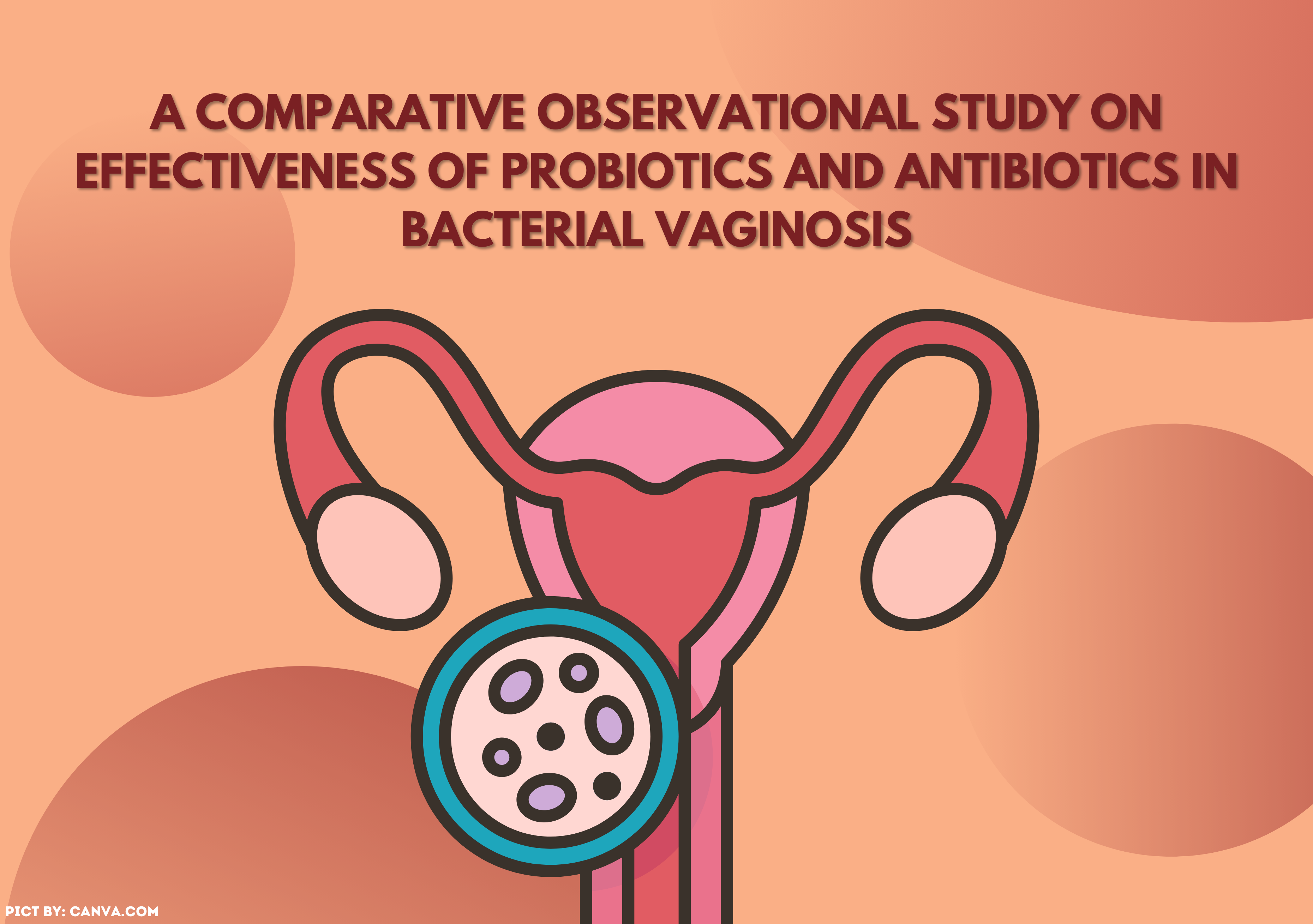HAZARD IDENTIFICATION OF WELDING IN CONFINED SPACE OF THE CEMENT PRODUCTION COMPANY
Downloads
Introduction: Maintenance of a electrostatic precipitator cooler machine involving welding activities in confined spaces, so the company of cement production need to understand the existing hazard by conducting hazard identification. Welding are related with physical, chemical, mechanical, and electrical hazards that can cause accidents and occupational illnesses. When the welding is carried out in confined spaces, it can increasing the hazards include chemical hazards in the air, configuration of the building structure, poor airflow, or any combination of existing hazards. Methods: This research aimed to conduct hazard identification on welding activities in confined spaces. The research design used a descriptive observational with cross sectional approach. The research population was the workers who repair the electrostatic precipitator cooler machines. Sample of this research were selected using the Purposive sampling method, 2 welders in the rapping bar and 1 safetyman. Primary data was collected by conducting observation and interviews using checklist sheet, secondary data was obtained by collecting company profile and daily safety reports. Result: The results of the analysis showed that the identified hazards of welding activities in confined space are 5 of mechanical hazards, 4 of atmospheric hazards, 5 of ergonomics hazards, 5 of falling hazards, 6 of physical hazards, 5 chemical hazards, and 4 electrical hazards. Conclusion: The conclusion of this research was the dominant potential hazard come from physical hazards consisting of inadequate light, welding sparks, optical radiation, noise, high pressure gas and hoses. Some hazards inflict accidents and illness due to work on welding in confined space are welding sparks, fume, oxygen and asitelyn gases, as well as toxic and carcinogenic substance i.e. cement and coal dust.
Keywords: confined space, hazard identification, welding
Ambarani, A. Y. and Tualeka, A. R. (2017) ‘Hazard Identification And Risk Assessment (Hira) Pada Proses Fabrikasi Plate Tanki 42-T-501A PT Pertamina (Persero) RU VI Balongan', The Indonesian Journal of Occupational Safety and Health. doi: 10.20473/ijosh.v5i2.2016.192-203.
Bakhtiar, D. S. (2013) ‘Risk Assessment Pada Pekerjaan Welding Confined Space di Bagian Ship Building PT Dok dan Perkapalan Surabaya', The Indonesian Journal of Occupational Safety and Health, 2(1), pp. 52–60.
Bureau of Labor Statistics US Department of Labor (2017) National Census of Fatal Occupational Injuries in 2017, Bureau of Labor Statistics US Department of Labor.
Burlet-Vienney, D. et al. (2015) ‘Design and application of a 5 step risk assessment tool for confined space entries', Safety Science. doi: 10.1016/j.ssci.2015.07.022.
Desy, R. and Sulistyorini, L. (2008) ‘Analisis Pajanan Fumes Las Dengan Gangguan Faal Paru Pekerja Pengelasan PT . PAL Indonesia (Persero)', Jurnal Kesehatan Lingkungan, 9(2 Juli 2017), pp. 154–162.
Dhi'fansyah, R. F. (2017) ‘Identifikasi Bahaya pada Pekerjaan Oxy-Cutting di PT. Aziz Jaya Abadi Tuban', The Indonesian Journal of Occupational Safety and Health, 6(1), p. 27. doi: 10.20473/ijosh.v6i1.2017.27-36.
International Organization for Standardization (2009) ‘ISO/IEC 31010:2009 Risk management - Risk assessment techniques', Risk Management.
ISO - The International Organization for Standardization (2009) ‘ISO 31000:2009 - Risk management - Principles and guidelines', ISO 31000:2009.
Pengawasan, D., Keselamatan, N. and Kerja, K. (2006) ‘Pedoman Keselamatan dan Kesehatan Kerja di Ruang Terbatas (confined spaces)', (September).
Popov, G. (2017) ‘Ptd Business Case: Reducing Cr VI Exposure in a Tailpipe Assembly Facility (A)', ASSE Professional Development Conference & Exposition.
Ramli, S. (2013) Smart Safety: Panduan Penerapan SMK3 yang Efektif. 1st edn. Jakarta: Dian Rakyat.
Rekus, J. F. (2018) Complete Confined Spaces Handbook, Complete Confined Spaces Handbook. doi: 10.1201/9781315139821.
Rinjanto, B. (2011) Pedoman Pencegahan Kecelakaan di Industri. Pertama. Jakarta: Mitra Wacana Media.
Saputra, D. A. (2019) ‘Analisis Sistem Pengendalian Bahaya Conveyor Belerang Di Pelabuhan PT. Petrochemical Gresik', The Indonesian Journal of Occupational Safety and Health. doi: 10.20473/ijosh.v7i3.2018.368-377.
Soedirman and Prawirakusumah, S. (2014) Kesehatan Kerja Dalam Perspektif Hiperkes & Keselamatan Kerja. Pertama. Edited by S. Carolina and R. Astikawati. Jakarta: Penerbit Erlangga.
Sukaini (2013) ‘Teknik Las SMAW', pp. 1–218.
Thursina, R. A. (2018) ‘Identifikasi Bahaya Dan Penilaian Risiko Operator Mesin Gerinda', The Indonesian Journal of Occupational Safety and Health. doi: 10.20473/ijosh.v7i1.2018.30-41.
Triatmo, W., Adi, M. S. and D., Y. H. (2006) ‘Paparan Debu Kayu Dan Gangguan Fungsi Paru Pada Pekerja Mebel (Studi di PT Alis Jaya Ciptatama)', Jurnal Kesehatan Lingkungan Indonesia. doi: 10.14710/JKLI.5.2.69 - 76.
Winiarto, B. H. and Mariawati, A. S. (2013) ‘Identifikasi Penilaian Aktivitas Pengelasan Pada Bengkel UmuDengan Pendekatan Job Safety Analysis', Jurnal Teknik Industri Untirta, 1(1), pp. 59–65.
Wiryosumarto, H. and Okumura, T. (2010) Teknologi Pengelasan Logam. Jakarta: Pradnya Paramita.
Wulandari, D. (2017) ‘Risk Assessment Pada Pekerja Pengelasan Perkapalan Dengan Pendekatan Job Safety Analysis', The Indonesian Journal of Occupational Safety and Health. doi: 10.20473/ijosh.v6i1.2017.1-15.
Copyright (c) 2022 The Indonesian Journal of Public Health

This work is licensed under a Creative Commons Attribution-NonCommercial-ShareAlike 4.0 International License.
- The authors agree to transfer the transfer copyright of the article to The Indonesian Journal of Public Health effective if and when the paper is accepted for publication.
- Authors and other parties are bound to the Creative Commons Attribution-NonCommercial-ShareAlike 4.0 International License for the published articles, legal formal aspect of journal publication accessibility refers to Creative Commons Attribution-NonCommercial-ShareAlike 4.0 International License (CC BY-NC-SA), implies that:
- Attribution ” You must give appropriate credit, provide a link to the license, and indicate if changes were made. You may do so in any reasonable manner, but not in any way that suggests the licensor endorses you or your use.
- NonCommercial ” You may not use the material for commercial purposes.
- ShareAlike ” If you remix, transform, or build upon the material, you must distribute your contributions under the same license as the original.































